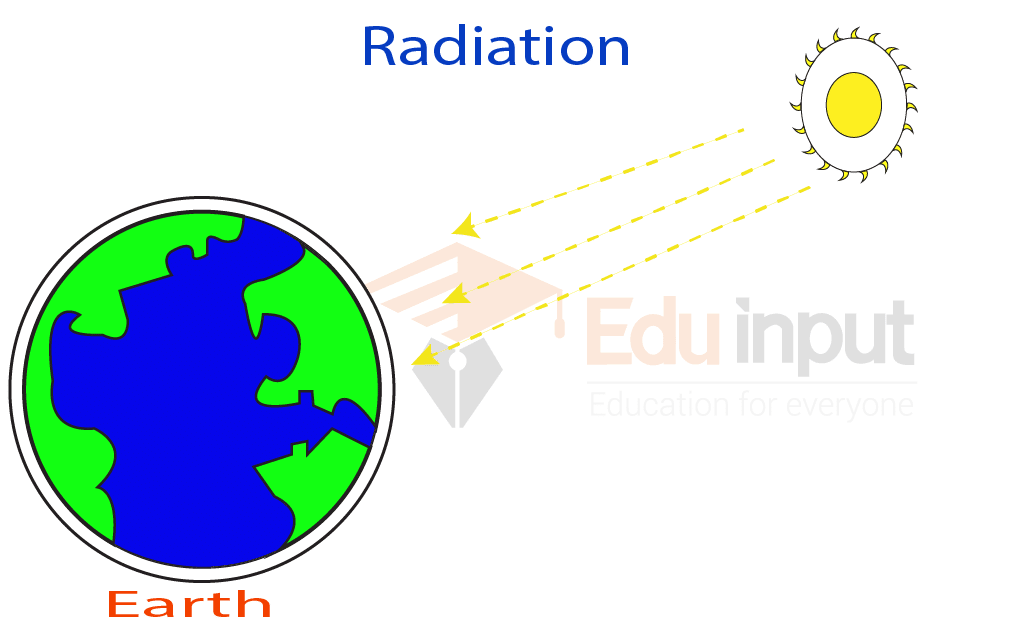Radiation, a term that evokes intrigue and concern in equal measure, envelops us in its cosmic embrace. Defined as the emission and propagation of energy through space or a medium, radiation encapsulates a plethora of phenomena that lie at the very heart of multiple disciplines within physics. Its manifestations range from the familiar warmth of the sun’s rays to the more abstract realms of quantum mechanics. This exploration invites one to peel back the layers of this multifaceted concept, revealing its essence, characteristics, and implications across different contexts.
To grasp the concept of radiation, one must first delineate its fundamental nature. At its core, radiation is categorized into two primary types: ionizing and non-ionizing radiation. This distinction hinges upon the energy carried by the emitted particles or waves. Ionizing radiation possesses sufficient energy to displace electrons from atoms, leading to the formation of ions. Examples include gamma rays, X-rays, and alpha particles, all of which are capable of inflicting significant biological damage. In contrast, non-ionizing radiation, which encompasses electromagnetic waves such as visible light, radio waves, and microwaves, lacks the energy necessary to ionize atoms, thus posing a lesser threat to biological systems.
Delving deeper, the electromagnetic spectrum provides a framework for understanding radiation. It spans a continuum of wavelengths, from the ultra-short gamma rays to the long-wavelength radio waves. Each type of radiation within this spectrum exhibits unique properties and interactions with matter. For instance, visible light, a narrow band in the spectrum, is crucial to life on Earth, allowing for photosynthesis and enabling vision. Moreover, the infrared and ultraviolet regions illustrate the dual nature of radiation; while infrared radiation is pivotal for heat transfer, ultraviolet radiation is instrumental in the synthesis of vitamin D, albeit requiring caution due to its potential to cause skin damage and cancer.
Quantum mechanics introduces a deeper layer to our understanding of radiation. Photons, the fundamental particles of light, exemplify the dual wave-particle nature of radiation. This duality challenges classical concepts and provokes questions regarding the very fabric of reality. Furthermore, phenomena such as spontaneous emission, stimulated emission, and absorption elucidate the interactions of light with matter, forming the basis for technologies such as lasers and quantum computing. In this context, radiation serves not merely as a form of energy transfer but as a cornerstone of modern technological advancements.
In addition to its scientific significance, the implications of radiation extend into the realm of health and safety. The potential hazards associated with exposure to ionizing radiation necessitate comprehensive safety protocols. The concept of the radiation dose, which quantifies exposure’s biological effects, is indispensable in fields like radiology and nuclear medicine. Professionals in these areas must navigate the fine line between utilizing radiation for diagnostic and therapeutic purposes while minimizing associated risks. Understanding concepts such as the linear no-threshold model for cancer risk elucidates the complexities of safe exposure levels and fosters informed decision-making.
The sociocultural context surrounding radiation further accentuates its multifaceted nature. Public perception often oscillates between fascination and fear, largely shaped by historical events such as the atomic bombings of Hiroshima and Nagasaki, the Chernobyl disaster, and the Fukushima Daiichi nuclear accident. These events amplify the discourse on the ethics of nuclear energy and the responsibilities of scientists and policymakers. As society grapples with the balance between the benefits of nuclear technology—such as energy production and medical applications—and its potential dangers, the need for transparency and public education becomes cardinal.
Moreover, advancements in radiation detection and measurement technologies have revolutionized various fields. Instruments like Geiger counters, scintillation detectors, and dosimeters empower scientists and health professionals to monitor radiation levels accurately. Such tools are instrumental in applications ranging from environmental monitoring to nuclear facility safety, ensuring adherence to regulatory standards and promoting public health.
In the broader ecological context, radiation also plays a role in understanding cosmic phenomena. Cosmic radiation, originating from extragalactic sources, permeates the Earth’s atmosphere and is a subject of ongoing research. Its study not only enhances our understanding of astrophysical processes but also sheds light on the potential effects of space travel on human health, thereby influencing future missions to Mars and beyond.
Enriching our perspective, radiation also stimulates interdisciplinary inquiries. It invites collaboration among physicists, biologists, chemists, and social scientists, culminating in a more holistic understanding of its complexities and ramifications. This confluence of disciplines could pave the way for innovative solutions to pressing global challenges, such as climate change and sustainable energy production.
In conclusion, radiation transcends the confines of a mere scientific concept; it serves as a bridge connecting disparate fields of study and societal concerns. Its dichotomous nature—with the potential for both creation and destruction—underscores the necessity for ongoing research, dialogue, and education. As physicists and scholars strive to unravel the intricacies of this captivating phenomenon, the imperative remains to foster a society that embraces curiosity while remaining vigilant to the nuances of radiation. The journey into the world of radiation is not merely an academic endeavor but a compelling exploration of the very forces that govern our universe.












